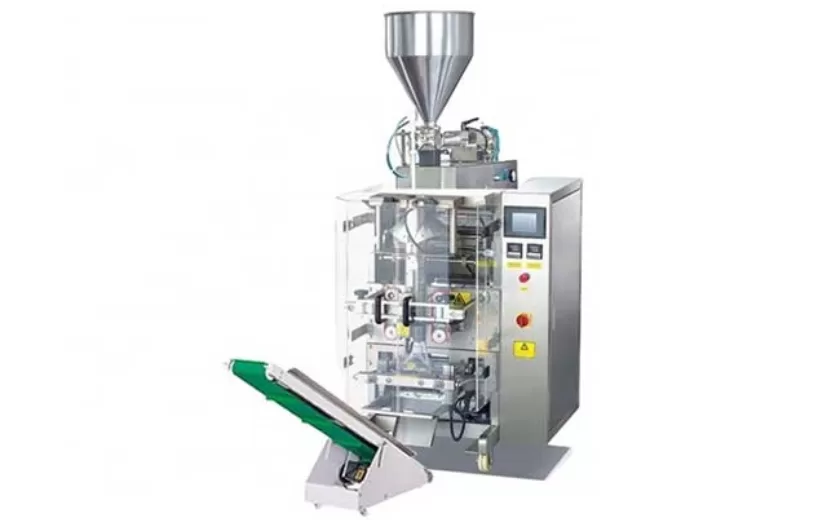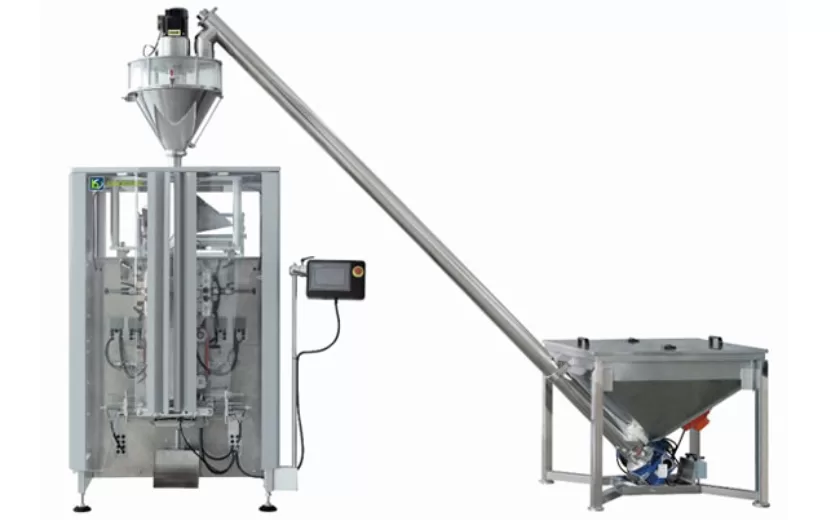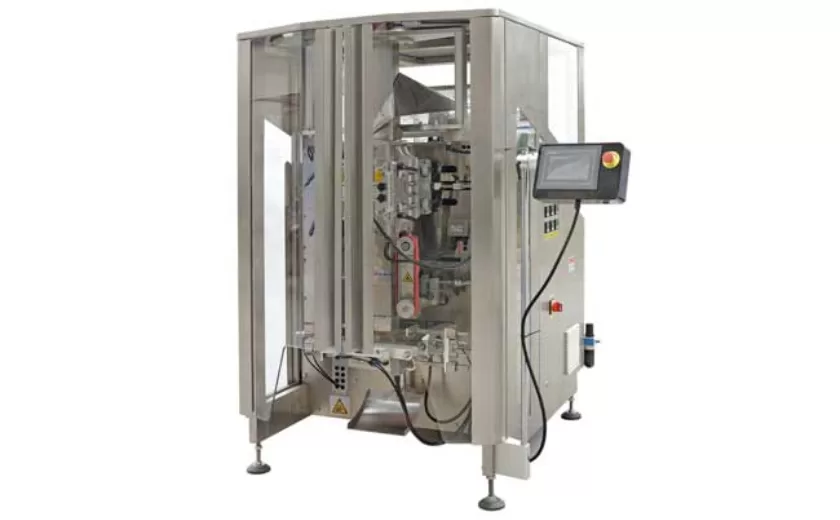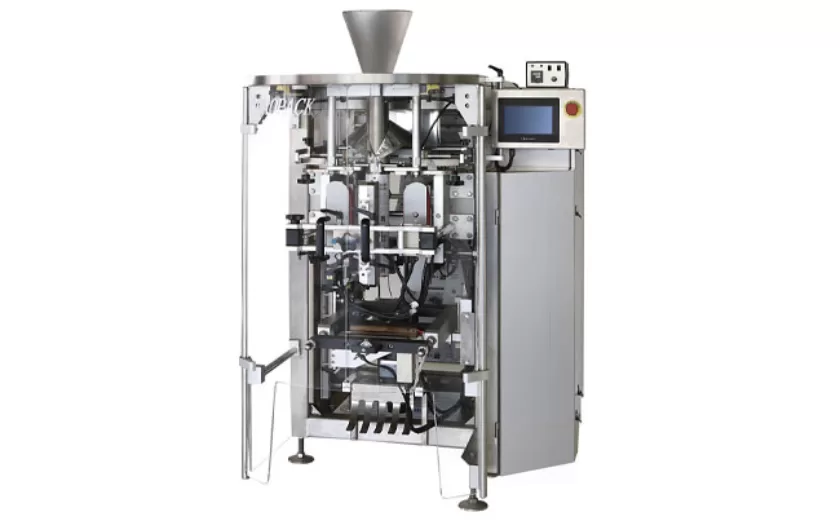How to Maximize Shelf Life with Detergent Powder Filling
Detergent powder, a household staple for laundry, can degrade over time, affecting its cleaning efficacy and overall shelf life. Understanding the factors that influence detergent powder degradation and implementing proper filling techniques are crucial to extend its lifespan and ensure optimal performance. This article explores the nuances of detergent powder filling, highlighting best practices and strategies to maximize its shelf life.
Moisture Control: The Key to Deterioration Prevention
Moisture is a primary enemy of detergent powder, as it promotes lumping, caking, and microbial growth. To combat this, detergent powder should be stored in airtight containers that effectively prevent moisture absorption from the environment. Choose containers with tight-fitting lids and keep them closed at all times. Additionally, avoid storing detergent powder in humid areas or near sources of water.
Ideal Storage Conditions: Temperature and Humidity
Temperature and humidity fluctuations can significantly impact detergent powder stability. Extreme temperatures, both high and low, can weaken the chemical composition of the powder, reducing its effectiveness and accelerating degradation. Similarly, high humidity levels contribute to moisture absorption, leading to caking and lump formation. Therefore, store detergent powder in a cool, dry place with consistent temperature and humidity levels.
Proper Handling and Transfer Techniques
Improper handling and transfer techniques can introduce contaminants and moisture to detergent powder, shortening its shelf life. When transferring detergent powder to storage containers, use clean and dry tools to prevent cross-contamination. Avoid spilling or exposing the powder to moisture during transfer. Once the powder is in the storage container, do not compact or press down on it excessively, as this can promote clumping.
Choose the Right Detergent Powder Composition
The composition of the detergent powder itself plays a role in its shelf life. Certain ingredients, such as enzymes and bleach, are more susceptible to degradation than others. If long-term storage is a priority, consider choosing detergent powders with a lower concentration of these ingredients. Additionally, opt for detergents containing antioxidants, which help protect the powder against oxidative damage and extend its shelf life.
Minimize Exposure to UV Radiation
Exposure to ultraviolet (UV) radiation can degrade detergent powder, reducing its efficacy and shelf life. To minimize exposure, store detergent powder in opaque containers or in a dark location away from direct sunlight. UV radiation can penetrate clear or transparent containers, so it is essential to use opaque packaging for optimal protection.
Maximizing the shelf life of detergent powder requires a comprehensive approach that encompasses moisture control, ideal storage conditions, proper handling techniques, and careful ingredient selection. By following these best practices, you can effectively preserve the quality and efficacy of your detergent powder, ensuring optimal laundry performance and longer usage duration. With proper care and storage, detergent powder can maintain its cleaning power and freshness for an extended period, providing you with a hassle-free laundry experience.
-
Advanced Packing Solutions: Snacks, Sugar, and Frozen Food Machines
29-10-2025 -
Efficient and Reliable Solutions for Salt, Nuts, and Frozen Dumplings Packing
29-10-2025 -
High-Performance Biscuits, Lollipop, and Ketchup Packing Machines for Modern Food Production
29-10-2025 -
Efficient Liquid Filling and Packing Machines for Modern Production
23-10-2025 -
Reliable Granule Packaging Machines for Efficient Production
23-10-2025 -
Efficient Auger Powder Filling Machines for Accurate Packaging
23-10-2025 -
High-Performance Liquid Filling and Packing Machines for Hygienic Production
10-10-2025 -
High-Efficiency Granule Packaging Machines for Precision and Speed
10-10-2025 -
High-Precision Auger Type Powder Filling Machines for Efficient Packaging
10-10-2025 -
Efficient Vertical Form Fill Seal Packaging Machines for Smart Production
10-10-2025











